Unsurprisingly enough, olive bread ranks among Greece’s most popular dishes. And trust us when we tell you that it makes a great delicacy, ideal to complement your lunch or dinner, as well as a perfect afternoon or evening snack.
As it is made from natural products (olives, olive oil, durum wheat flour), it is considered to be quite healthy and nutritious. It can be baked in a tray, either in thee form of a big bread load, (fratzóla), or as three smaller loaves (karvélia).
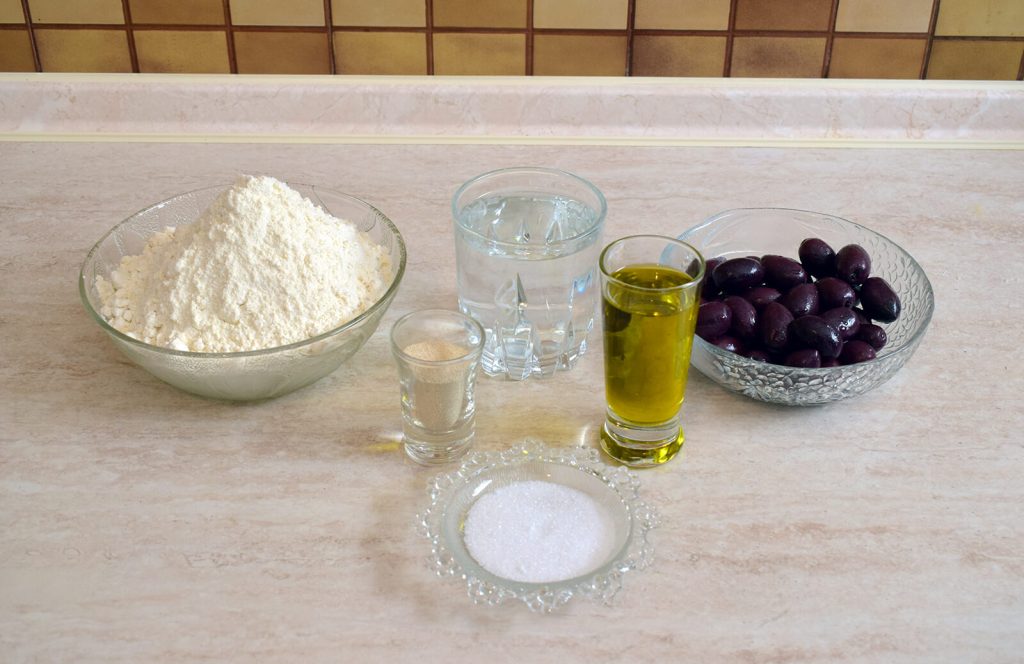
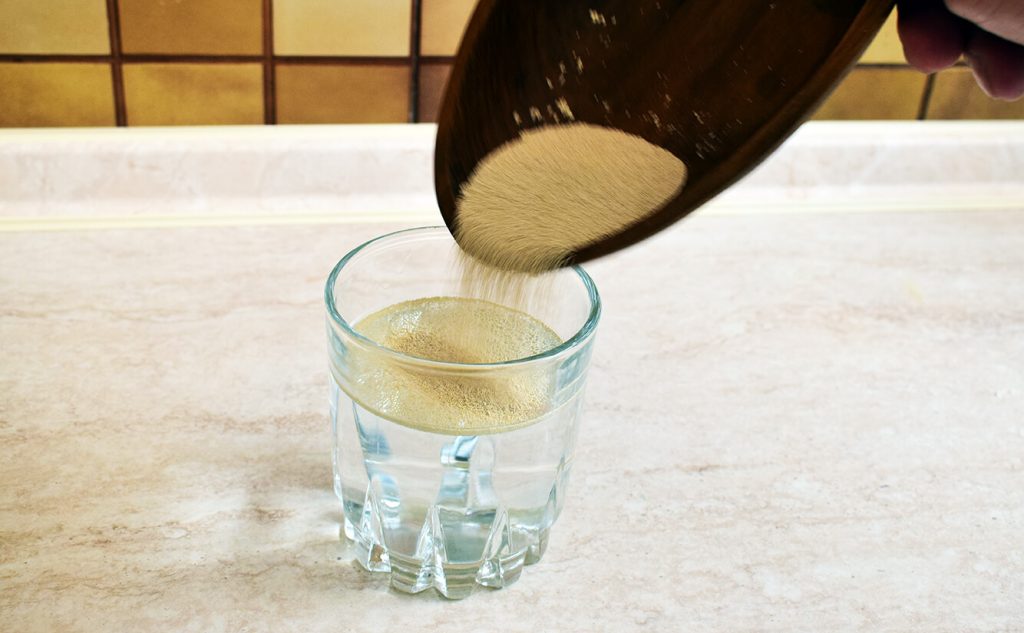
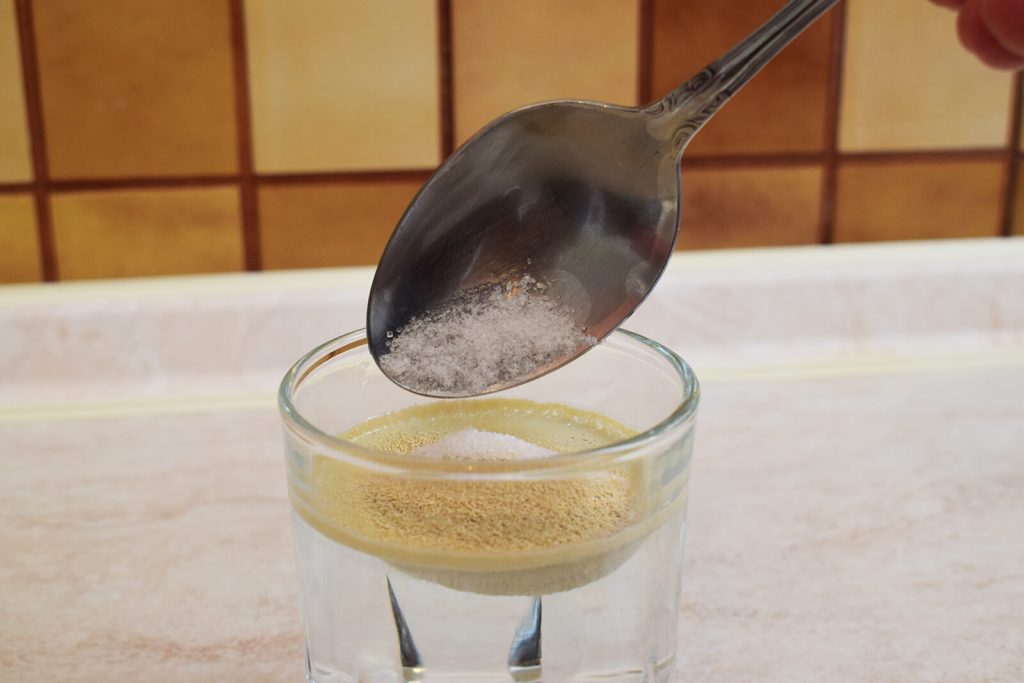
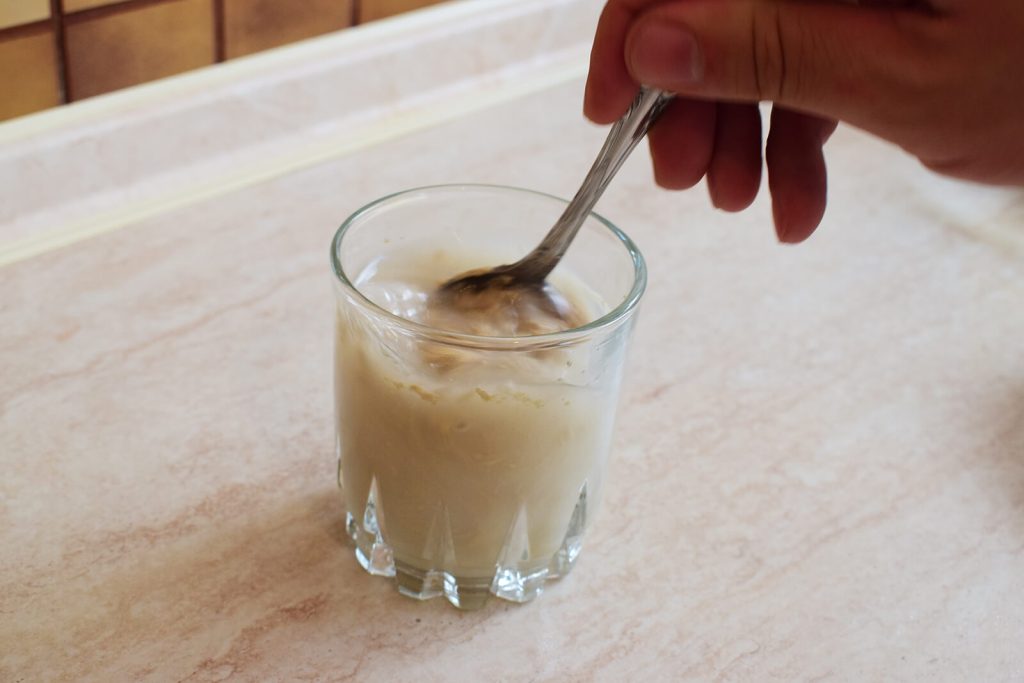
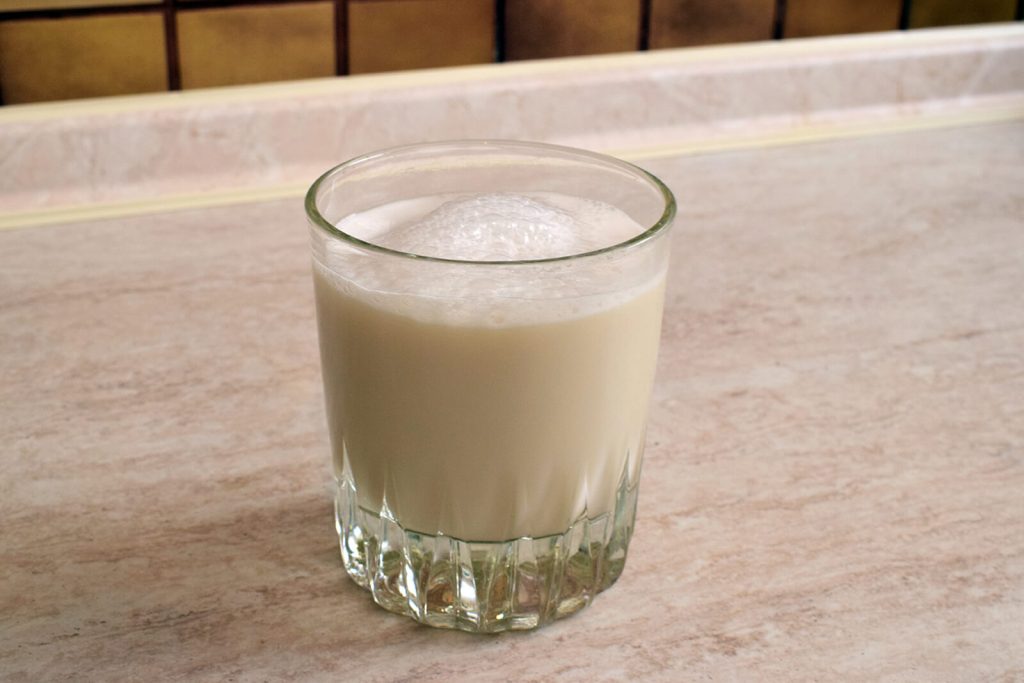

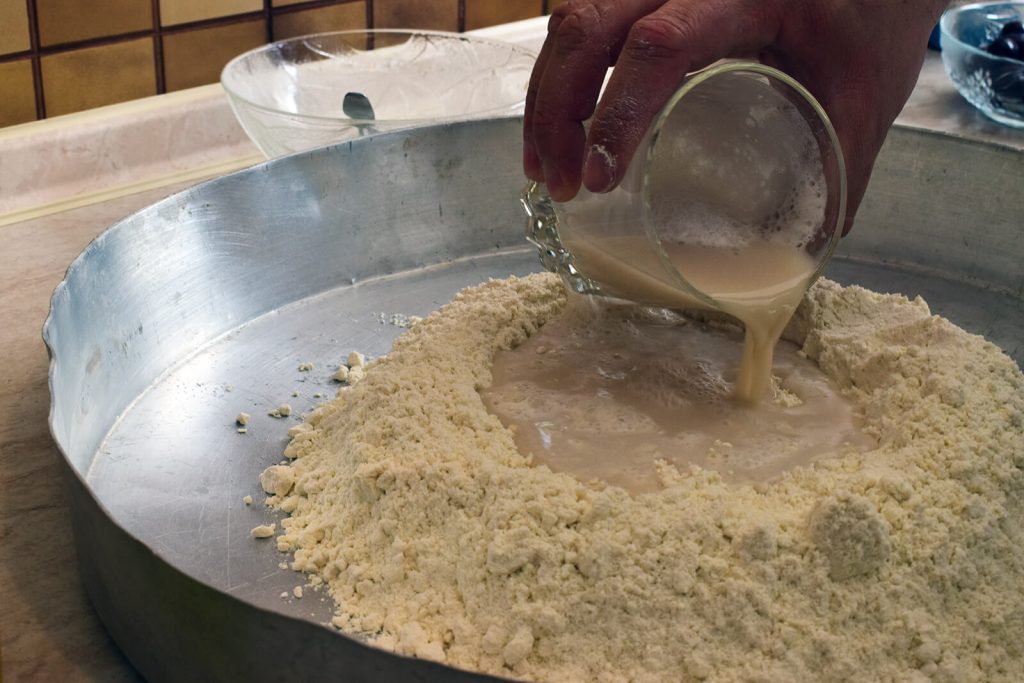
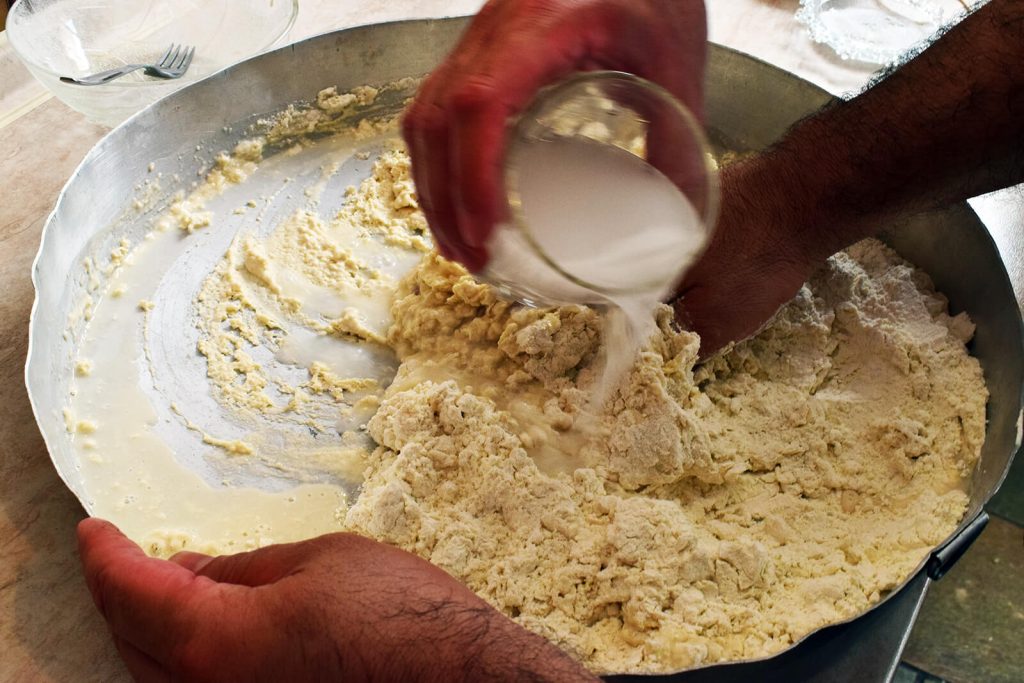


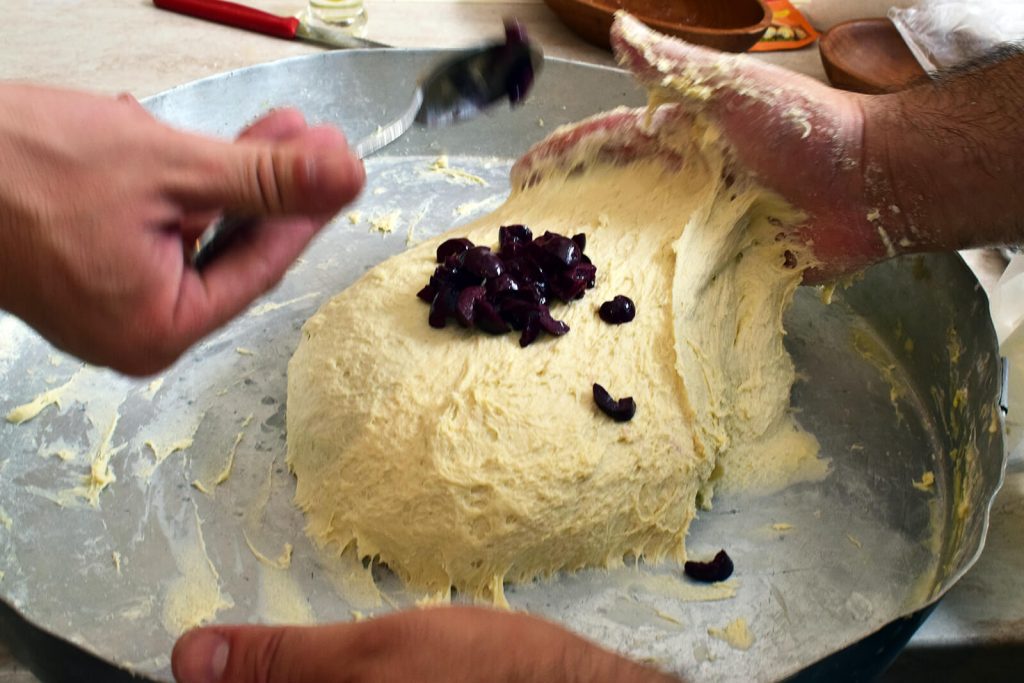
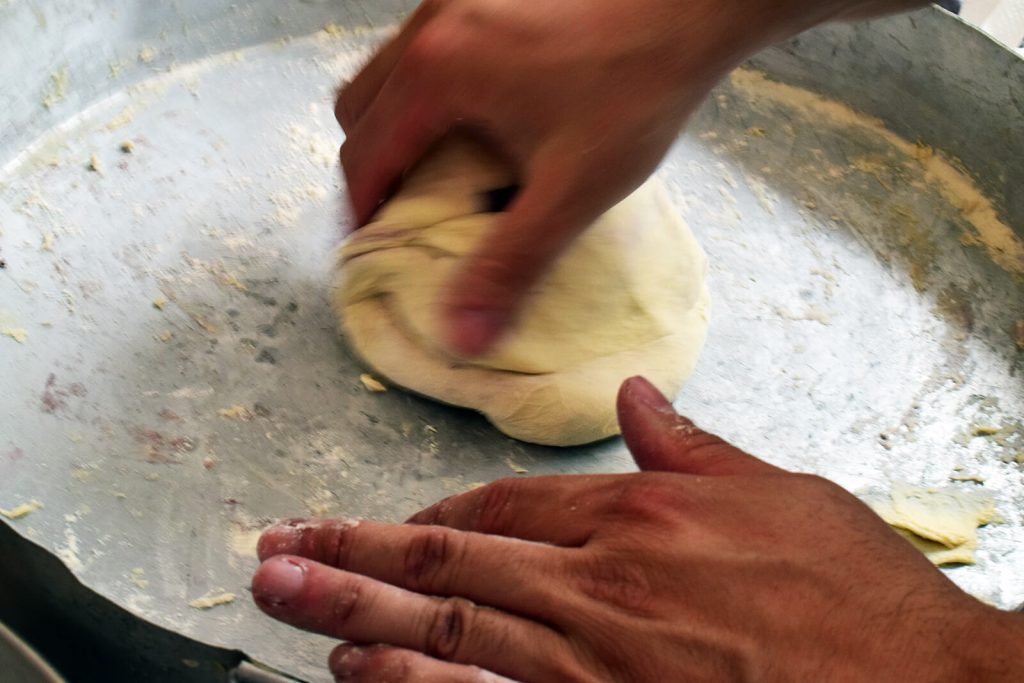
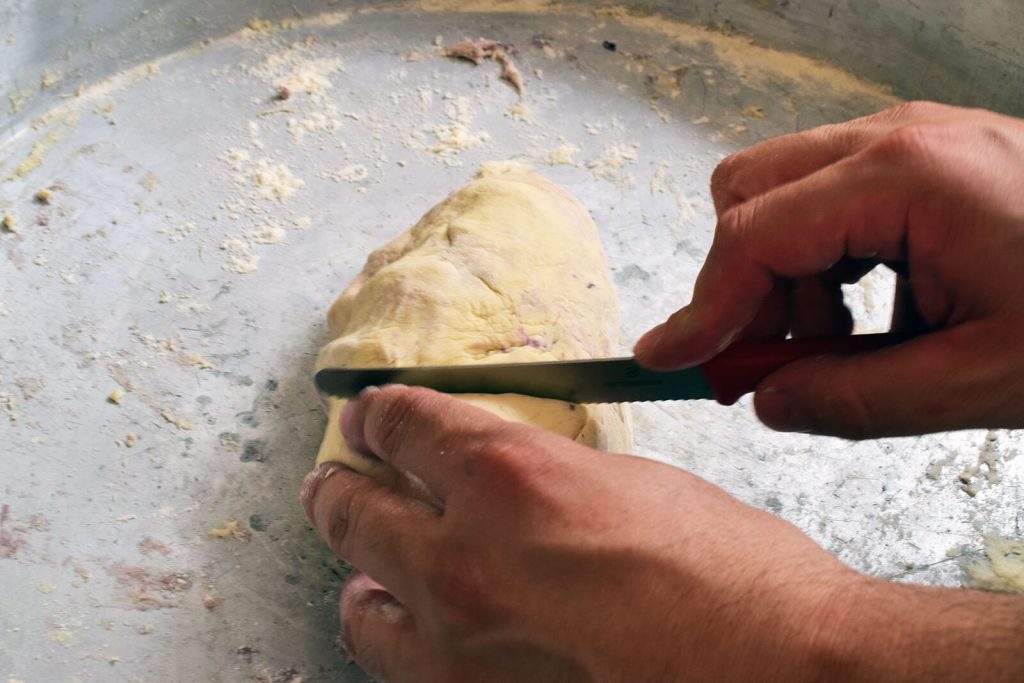
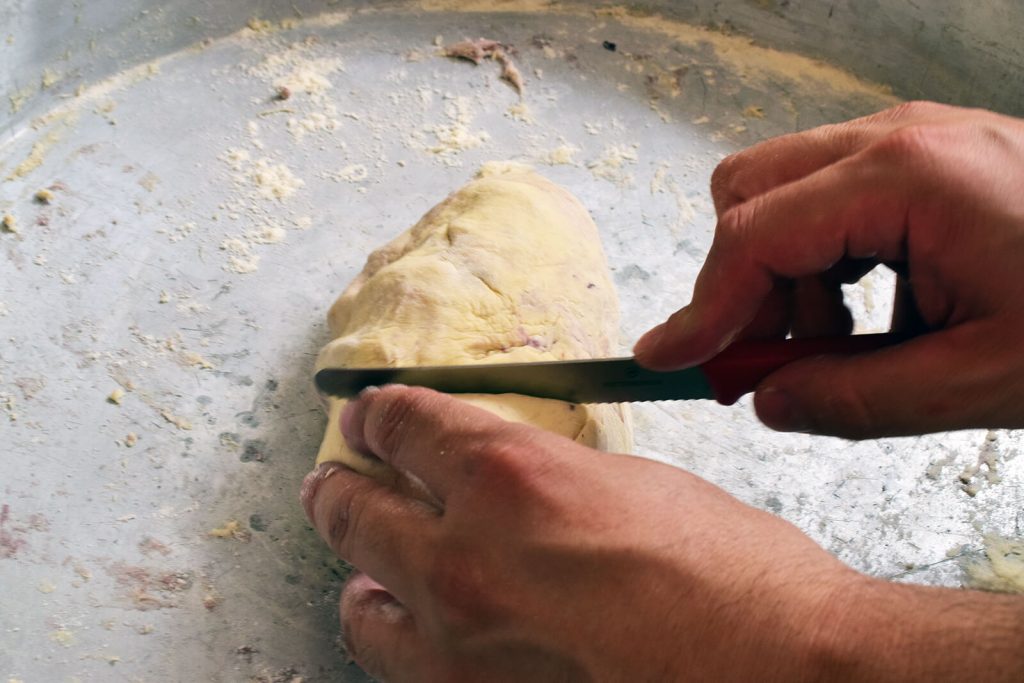
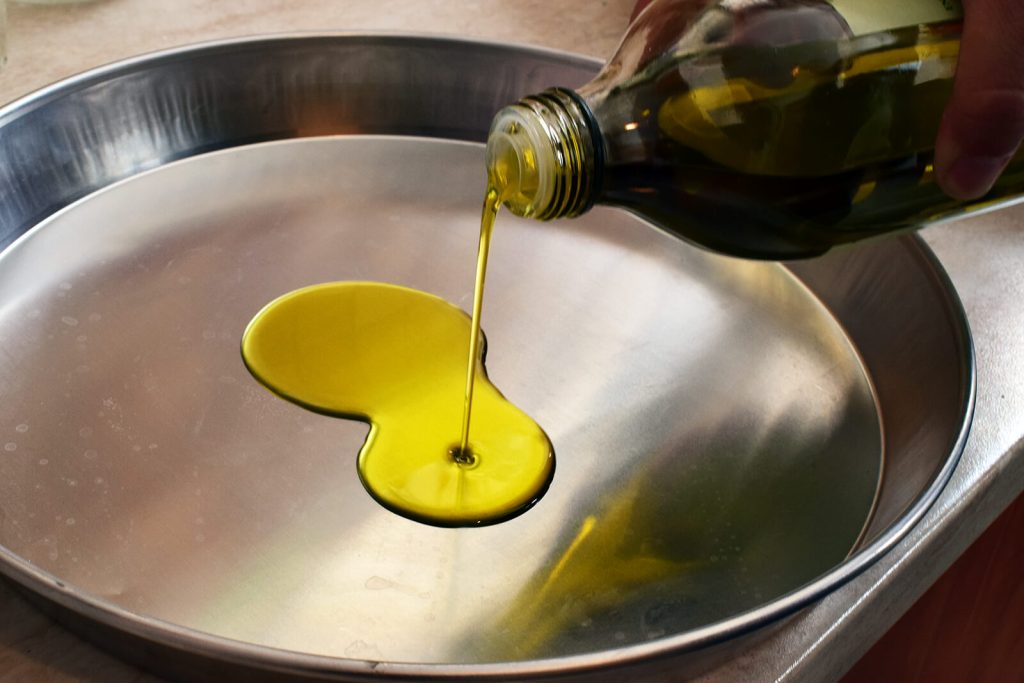
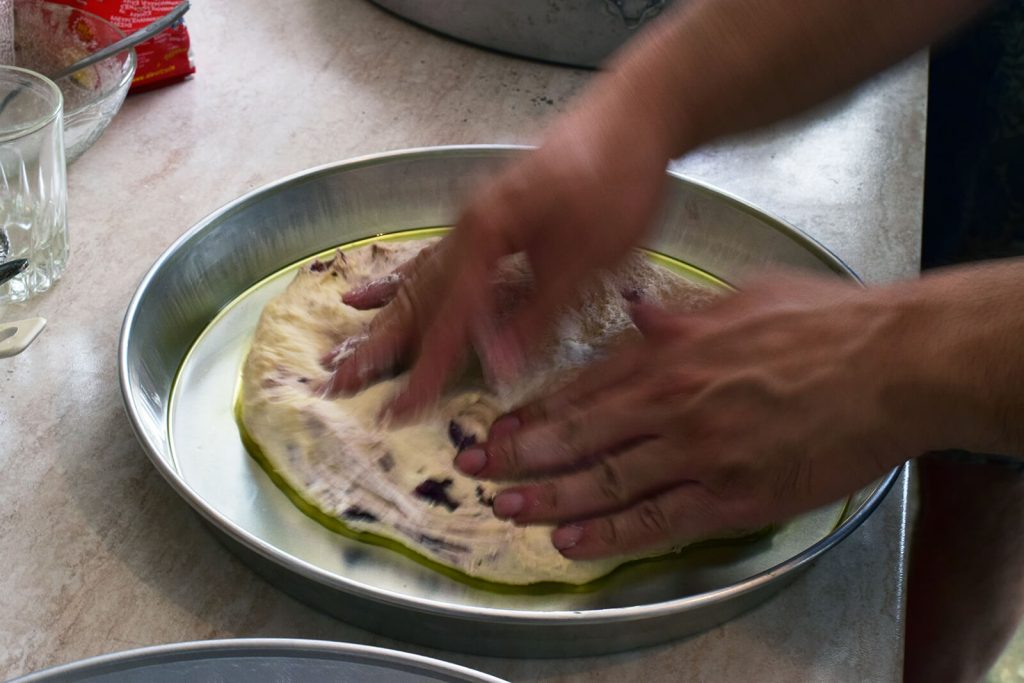

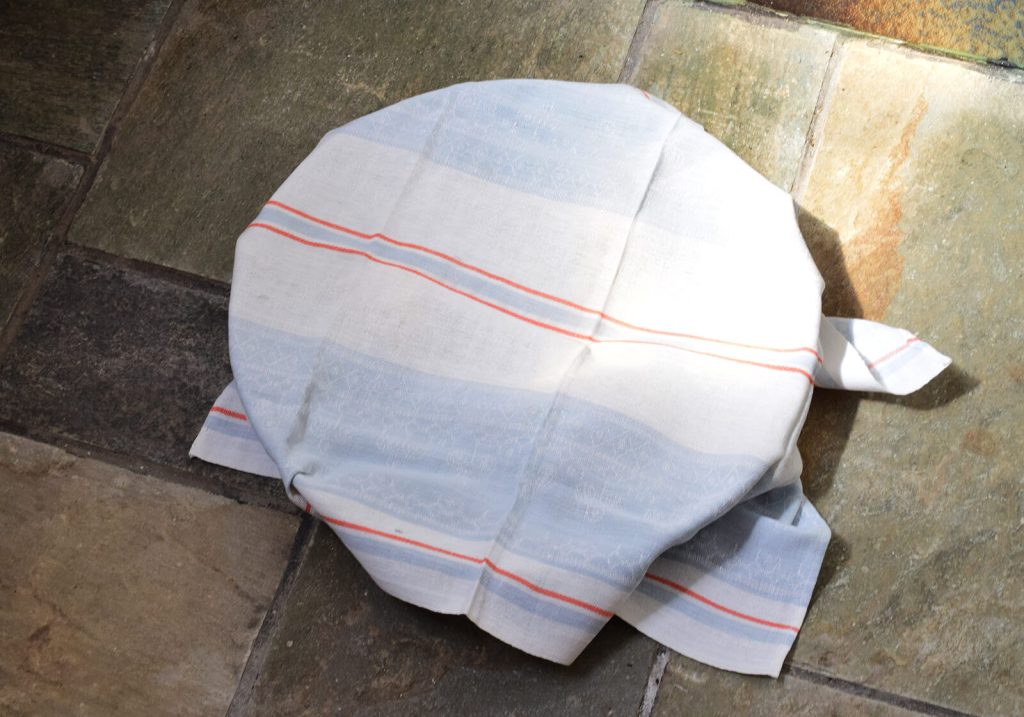
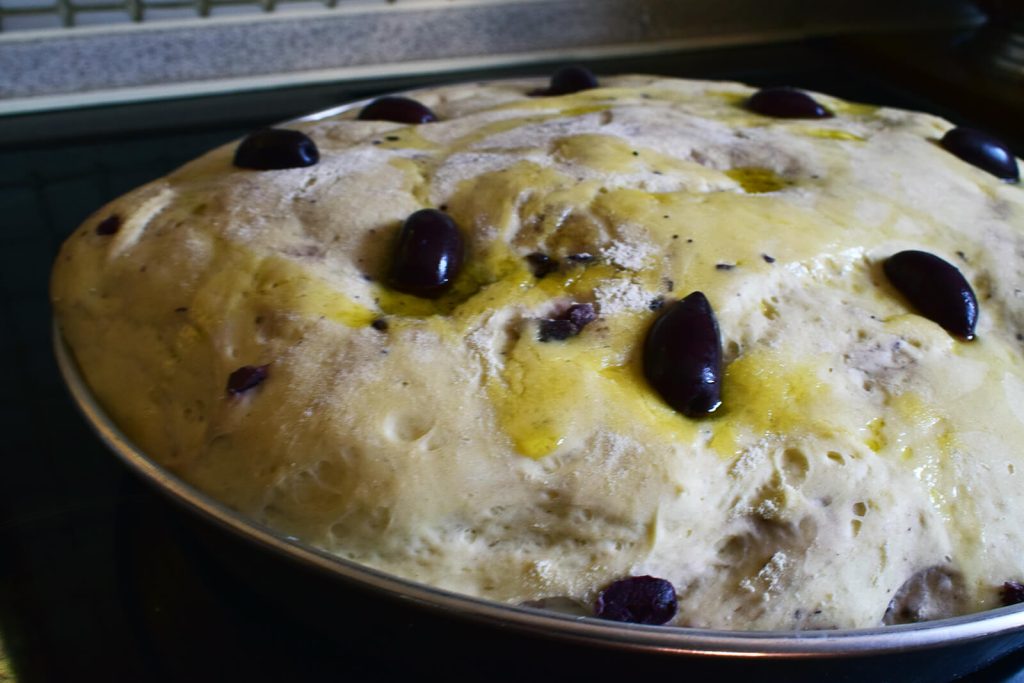
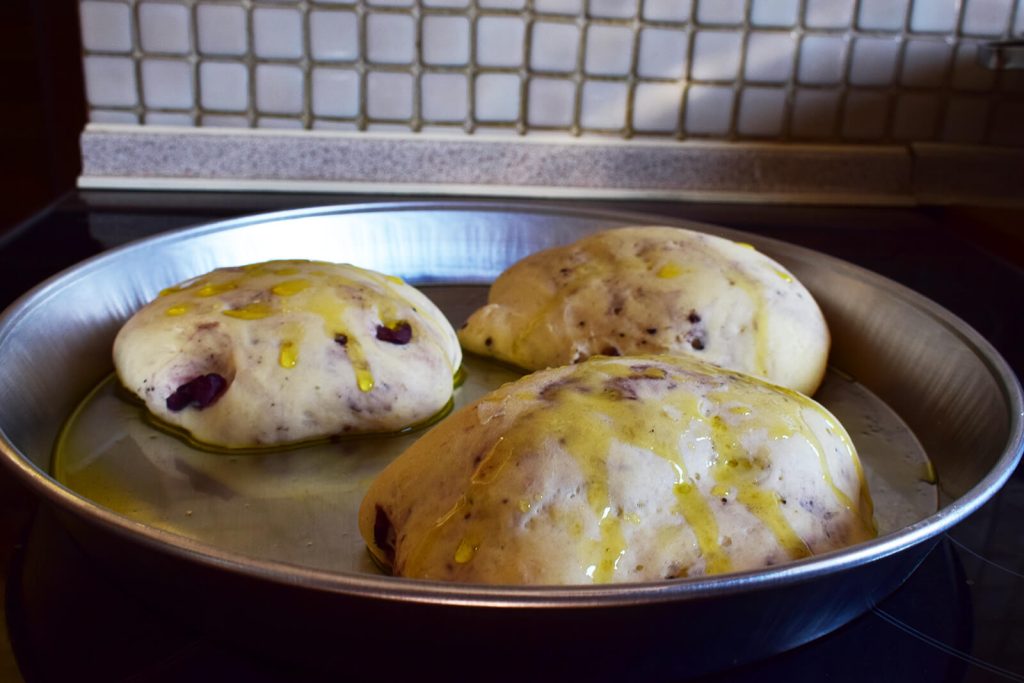
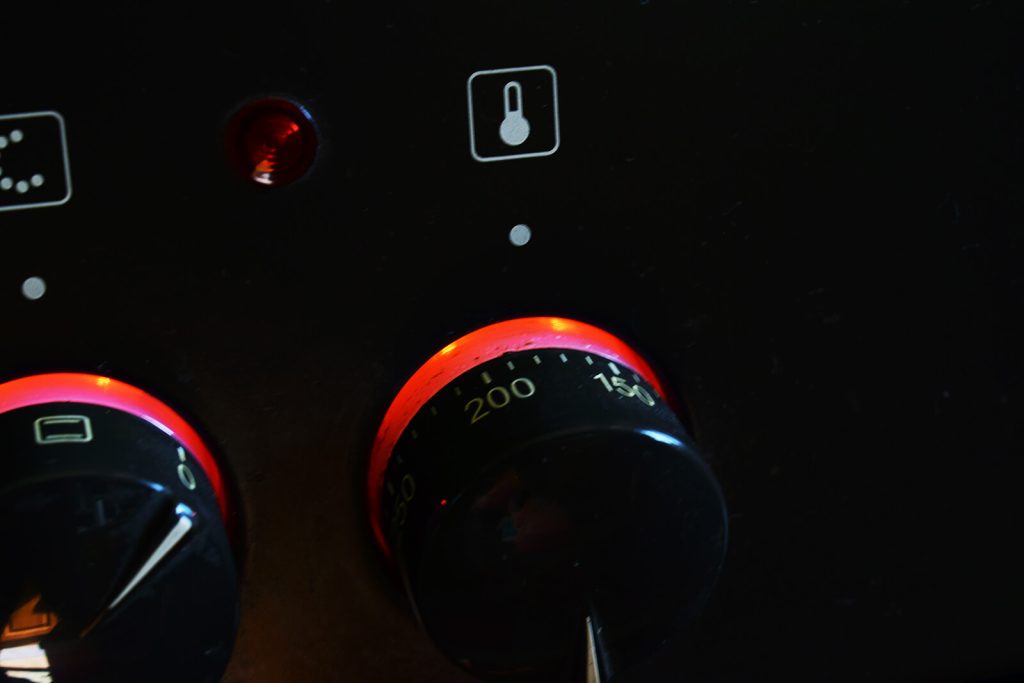

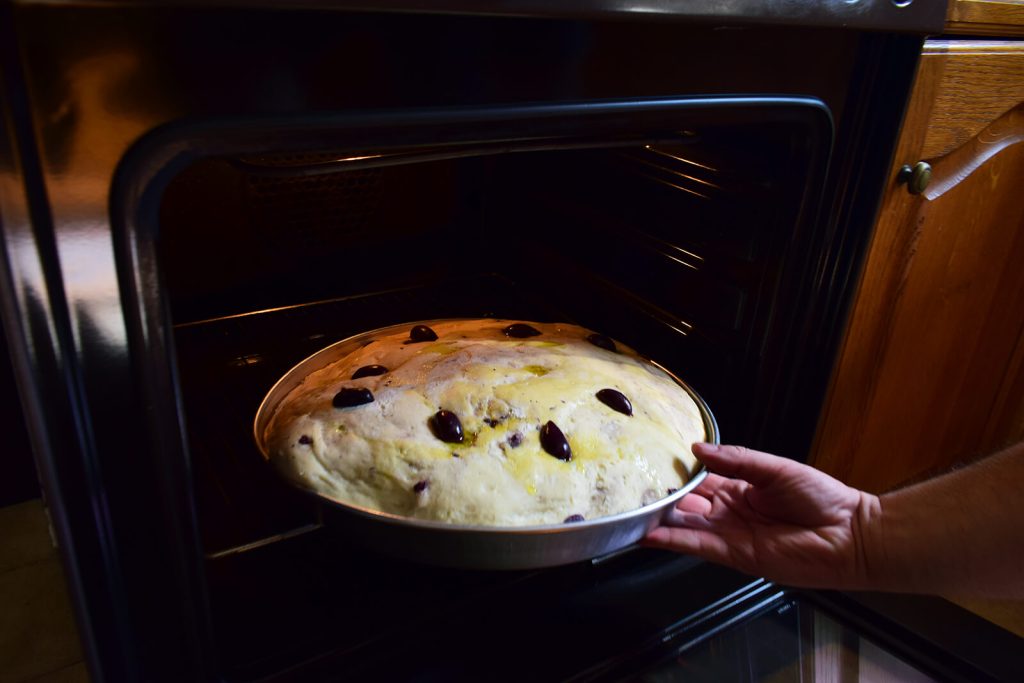
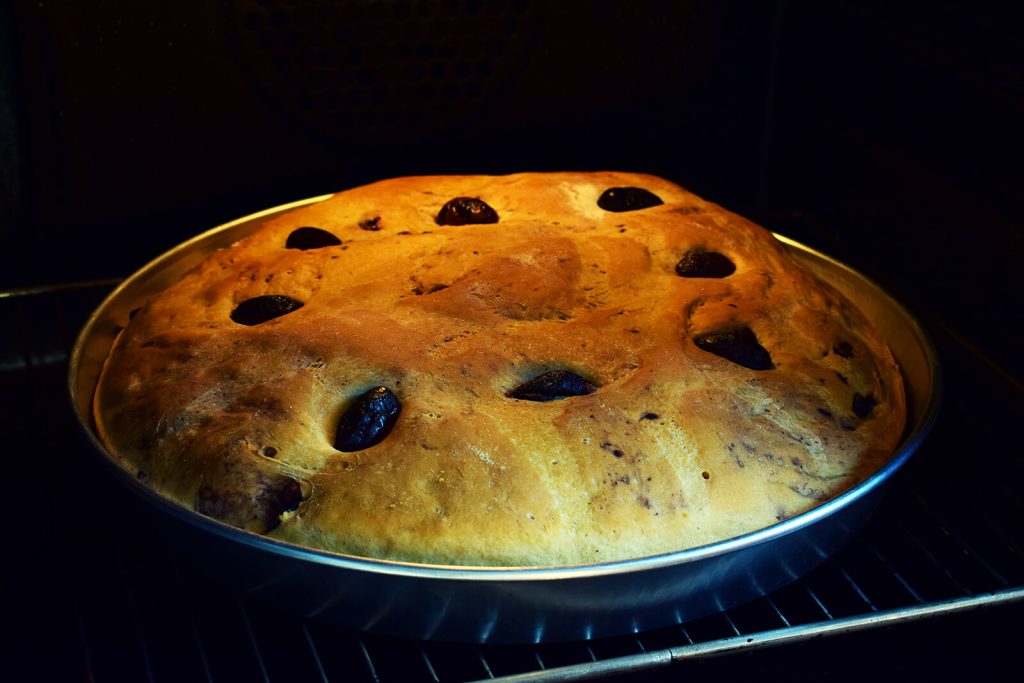
Olive bread: A Chalkidiki special
Print RecipeIngredients
- 2 lb (1 Kg) durum wheat flour
- 0.5 lt lukewarm water
- 3.5 oz (100 gr) olives (without pits)
- 5 fl (150 ml) extra virgin olive oil
- 0.6 oz (16 gr) dry yeast
- 0.1 oz (3 gr) sugar
Instructions
- Let the dry yeast dissolve in the water.
- Add sugar and stir well.
- Let it rise for approximately 10 minutes until bubbles form.
- Make a well in the center of the flour. Add the dissolved yeast and about 130 ml of olive oil.
- Knead the dough for about 10 minutes until it becomes less sticky, and significantly more elastic. Add a little more water if necessary.
- Add the olives and knead briefly.
- At this point, you should decide whether you want to bake a whole loaf or three small ones. In the latter case, separate the dough in three equal portions.
- Pour the rest of the olive oil into the baking tray and brush it around.
- Place the dough across the greased baking tray.
- Cover with a towel and leave the tray in room temperature warm until the dough visibly increases in size (regularly takes about 1 hour).
- Remove the towel and bake the tray in an oven preheated to 180 degrees for about 1 hour.
Tips
- If, during kneading, the dough remains significantly firm, add a little water. If it keeps sticking to your hands, that means it needs some more flour.
- If you use a hand mixer instead, medium speed is recommended.
- When the bread starts to change color in the oven, prick it with a toothpick. If dough sticks to it, that means you need to bake it a little longer.
- Since olives are added to the dough, no more salt is needed. If the part is too salty, there is a risk that it will not rise.



